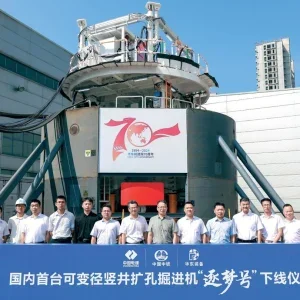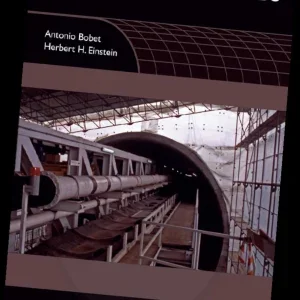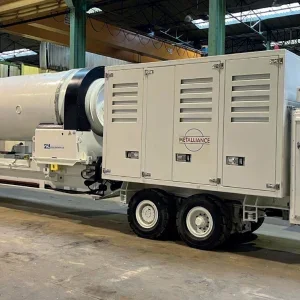With two articles this month on the investigations into Singapore’s MRT Circle Line and Australia’s Lane Cove road tunnel collapses, as well as further news from São Paulo Metro’s Line 4, focus is drawn to the way such disasters are handled.
When tragedy hits a high-profile civil engineering project, uncertainty follows, both within and outside the industry; and until all possible causes and factors involved are fully investigated – so that answers can be provided, lessons learnt, and mitigated against in the future – everyone with an interest in the project will be left in a state of doubt.
Whatever the circumstances of the event, one thing is certain; how the aftermath of a major incident is managed is of vital importance.
In such moments, initially all eyes are on the reactions of those directly involved with recovery operations, and clarity and decisiveness are essential. However, it is usually the efficiency and transparency of the consequent period of inquiry that really affects long-term opinion.
The Nicoll Highway collapse is a great example in point. Immediately after the event occurred, the Singapore Land Transport Authority (LTA) set up a crisis management centre, mobilising 337 people; the Singapore Civil Defence Force (SCDF) got into action securing the collapse site; and the Building and Construction Authority (BCA) set out to comprehensively review all excavation works along the MRT Circle Line before giving the go-ahead to proceed.
A Committee of Inquiry (CoI) was appointed within three days of the event and a full investigation began. In under a year, the highway had been reinstated, the CoI’s findings and recommendations publicly issued, a criminal trial concluded, guidelines incorporating lessons learnt had been published, and a new chain of command put in place.
The decisive action taken by Singapore’s government sent a clear message; responsibility. Problems were identified and confronted head-on, in a way that left little room for speculation.
Unfortunately, the results of many other investigations have taken far longer to become publicly available; for instance the UK’s 1994 Heathrow collapse report was published some six years after the failure.
How effectively inquiries are dealt with, has a direct impact to how quickly the industry can move forward as a whole. Let us hope this is another lesson that can be learned from Nicoll.
Amanda Foley






